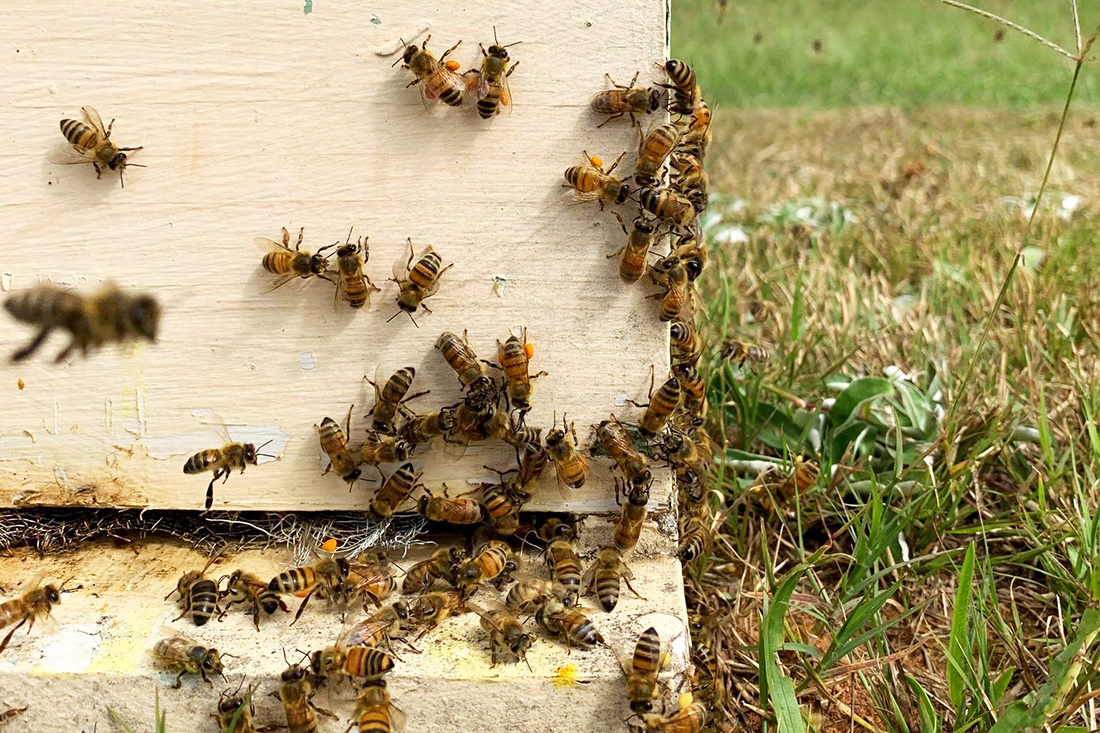"They are scary-looking creatures," said DeKalb County Extension Agent Walter Reeves. "But in the spring they turn into innocent little moths."
Hot-dog-sized caterpillars with black-tipped orange horns, called hickory horned devils, are hopping out of trees from Massachusetts to Georgia at this time of year.
"They're in the trees earlier, but people don't really notice them," Reeves said. "As fall nears, they drop out of the trees and pupate in an earthen cell in the ground. And then, well, people notice caterpillars as big as hot dogs lying around."
"We often get a lot of calls because it's the largest caterpillar people see and it has horns," said University of Georgia entomologist Beverly Sparks. "People usually think it's dangerous because of the horns. But it's not. It's all show.
The hickory horned devil becomes the regal or royal walnut moth (Citheronia regalis). The moth has a wingspan ranging from 4.75 to 5.88 inches. Its wings are bright orange with gray stripes and yellowish spots.
The caterpillar's colors vary but are often blue-green, orange or brown, with several pairs of long, curved, black-tipped orange horns on its back.
"A few other caterpillars commonly found in Georgia, like the tomato hornworm and tobacco hornworm, can reach four to five inches, but none are as long or as big around as the hickory horned devil," Sparks said.
Hickory horned devils are common in Georgia but aren't quite considered pests.
"These caterpillars are voracious feeders and can consume a great deal of foliage," Sparks said. "However, their host plants are most often large deciduous trees, and the limited feeding damage or removal of foliage is usually not a threat to the long-term health of the plants."
Besides making it an interesting-looking creature, the hickory horned devil's size protects it from would-be predators.
"They fall prey to many birds and mammals that feed on insects," Sparks said. "But their size and appearance certainly work to ward off many other possible predators."
Like many other interesting animals, hickory horned devils appeal to some people as pets.
"Many callers want to know how to keep the hickory horned devils alive," Sparks said.
It's really very simple. Just put the caterpillar in an aquarium and feed it hickory, walnut, persimmon or sweet gum leaves. If you fill the bottom of the container with dirt, the devil will pupate and become a moth.






